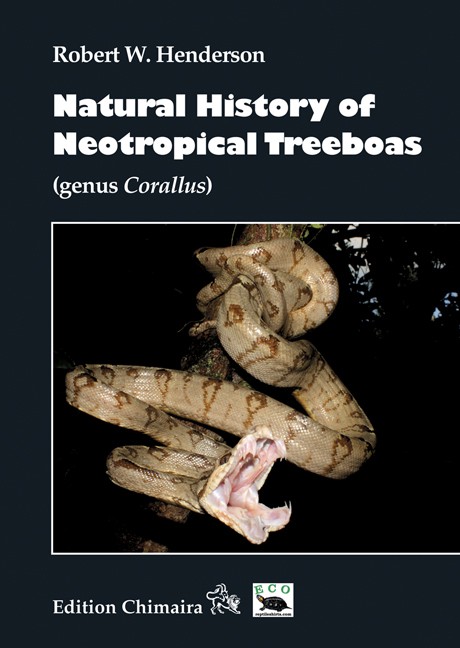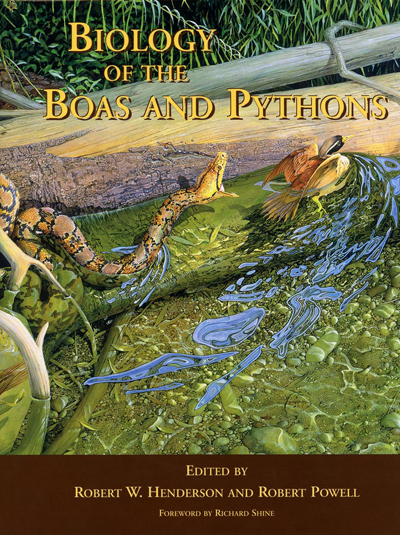
Robert W. Henderson dedicated large parts of his professional life to the study of West Indian reptiles with particular focus on the Genus Corallus and herein the species Corallus grenadensis. This fascination, research and accumulated knowledge is the foundation of this synopsis reflecting the status of the current knowledge. The book is more than 400 pages strong and contains more than 300 high quality color photos, most of which never been published before.
Unsurprisingly, Henderson’s love for the species residing on the Windward Islands is shown by the fact that much more information and scientific analysis is provided on these species than on some others. But don’t get me wrong, it’s not a fault of the author, but simply a lack of data and detailed analyses that we suffer from for many of the other taxa. It’s about time to change that.
This book is a must read for any person interested in the genus Corallus. Get it directly from the publisher here or, if you are in the USA, here.



